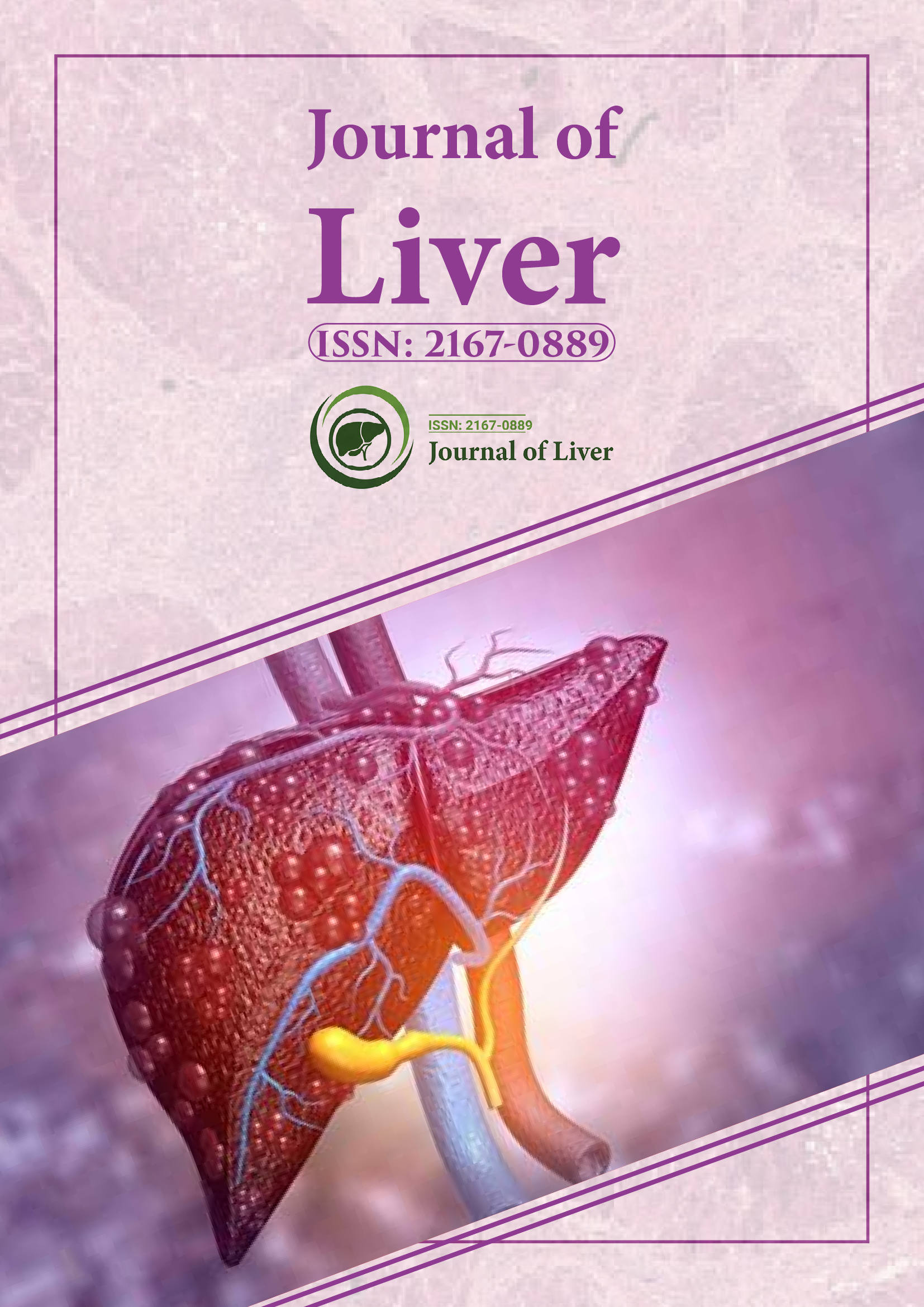Indexé dans
- Ouvrir la porte J
- Genamics JournalSeek
- Clés académiques
- RechercheRef
- Université Hamdard
- EBSCO AZ
- OCLC - WorldCat
- Publions
- Fondation genevoise pour la formation et la recherche médicales
- Google Scholar
Liens utiles
Partager cette page
Dépliant de journal

Revues en libre accès
- Agriculture et aquaculture
- Alimentation et nutrition
- Biochimie
- Bioinformatique et biologie des systèmes
- Business & Management
- Chimie
- Génétique et biologie moléculaire
- Immunologie & Microbiologie
- Ingénierie
- La science des matériaux
- Neurosciences & Psychologie
- Science générale
- Sciences cliniques
- Sciences environnementales
- Sciences médicales
- Sciences pharmaceutiques
- Sciences vétérinaires
- Soins infirmiers et soins de santé
Abstrait
Étude rétrospective sur l'étiologie, les résultats cliniques et les facteurs pronostiques des lésions hépatiques aiguës graves à Hong Kong
Chan Ka Yan Gloria*, Tsang Woon Choy Steven
Background: Severe Acute Liver Injury (ALI) contributes to significant morbidity and mortality in hospitalized patients. Early recognition, identification and treatment of the underlying cause are necessary for better outcome. This study aimed to investigate the common causes of severe elevation of Alanine Aminotransferase (ALT) in Chinese patients admitted to hospital in Hong Kong, and also to determine the clinical outcomes and prognostic factors associated with the ALI.
Methods: This was a retrospective, single center cohort study conducted in a regional hospital between January 2017 and December 2019. Patients’ data admitted with ALT ≥ 1000 U/L were retrieved from the Department of Pathology data base. Their baseline clinical demographics, laboratory profiles and the etiology of ALI were analyzed. The primary outcome was all cause 30-day mortality. Independent predictors for mortality were also assessed.
Results: A total of 313 patients were analyzed. The most common causes of severe ALI in our study were ischemic hepatitis (52.1%), biliary pathology (19.2%), viral hepatitis (14.1%) and drug induced liver injury (6.4%). The overall 30-day mortality rate was 43.1%. Ischemic hepatitis (OR 40, 95% CL 5.1-315.2, p<0.001) and hepatitis due to infiltrative liver disease (OR 26, 95% CI 1.8 – 367.7, p=0.002) were associated with higher mortality. Each etiology shows a distinct clinical and biochemical profile.
Conclusion: Ischemic hepatitis was the leading cause of severe ALI and was associated with high mortality. Early diagnosis and prompt treatment would be essential. Biliary pathology was not an uncommon cause of marked ALT elevation in Hong Kong and should gain its recognition in the differential diagnosis.